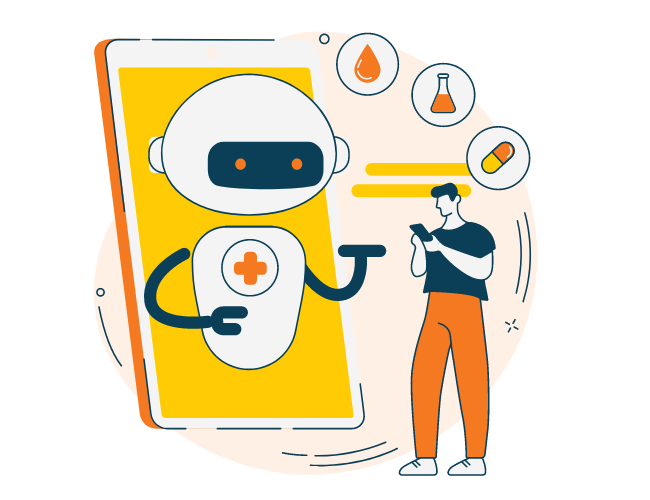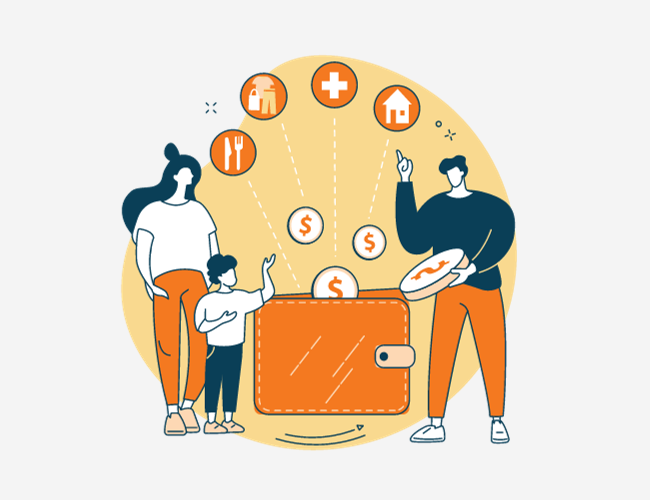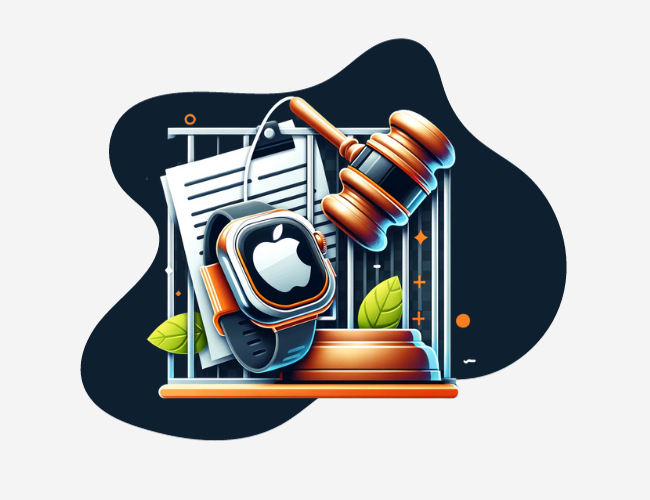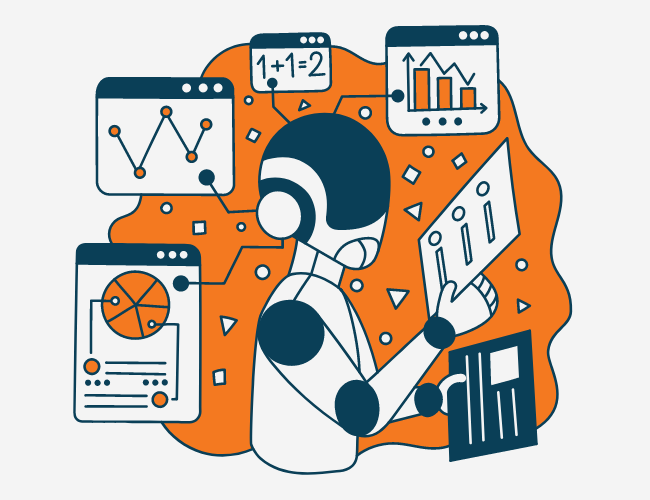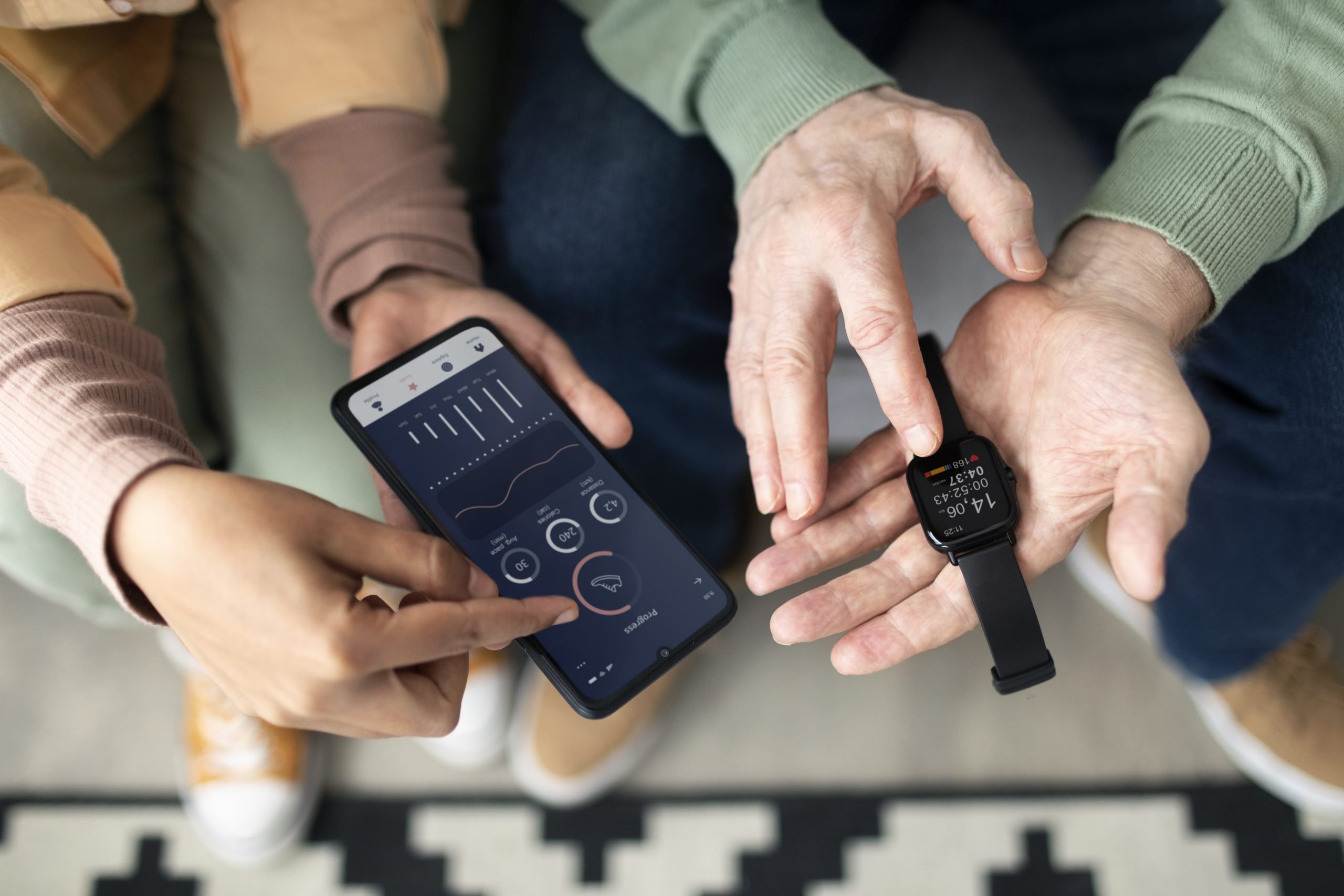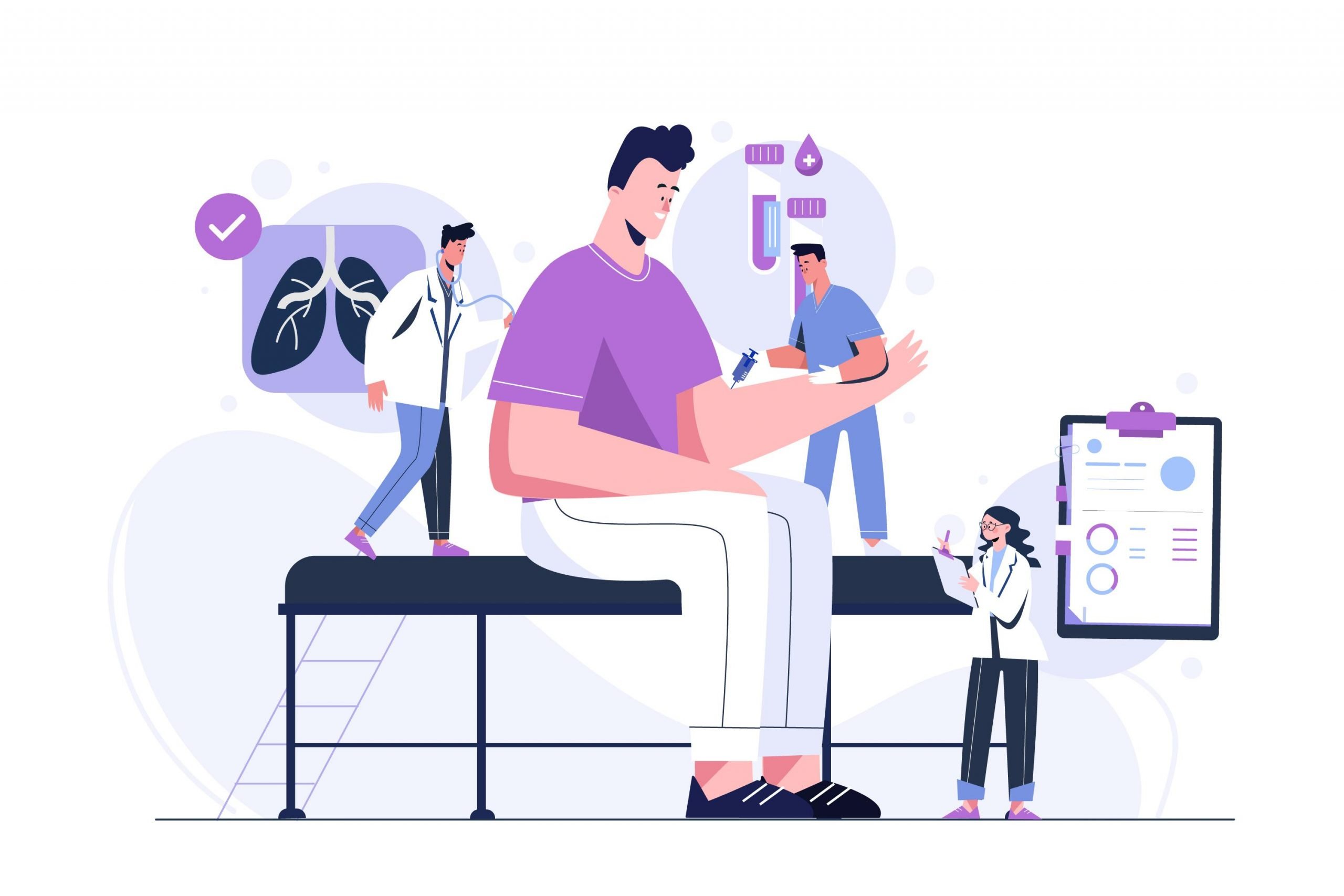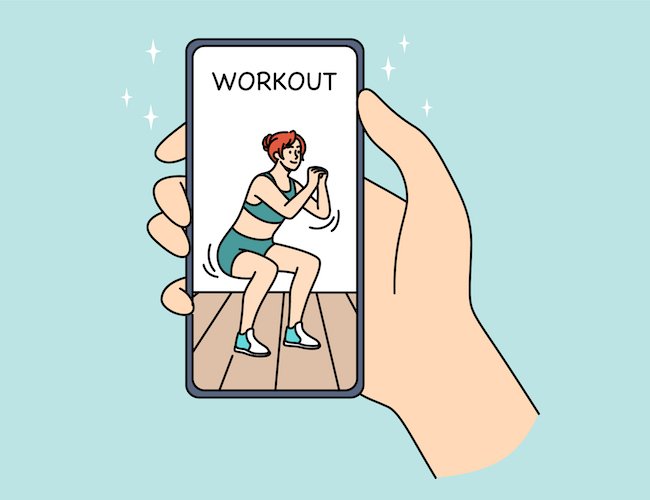In a classic (and modern) story of unintended consequences, Pokémon Go may have become the next best health app by accident. Before diving deeper into why, the obvious question of “What is Pokémon Go?” needs to be answered.
In simple terms, Pokémon Go uses a phone’s GPS and clock to detect where and when a user is in the game and make Pokémon “appear” (on a phone screen). A user’s goal is to go and catch the Pokémon. As you move around, different and more types of Pokémon will appear depending on where a user is and what time it is. The idea is to encourage users to travel around the real world to catch Pokémon in the game. This combination of a game and the real world interactions is known as “augmented reality.” The game is so popular that it’s on the verge of overtaking Twitter in terms of daily active users on Android. Did we mention the game is a little more than a week old?
The game has become so popular that people are hunting down Pokémon on their office desks, in hospital rooms, and even in bathrooms. One teenage girl even found a dead body while looking for Pokémon, and police in Missouri claimed that four suspected robbers lured in victims with the possibility of Pokémon.
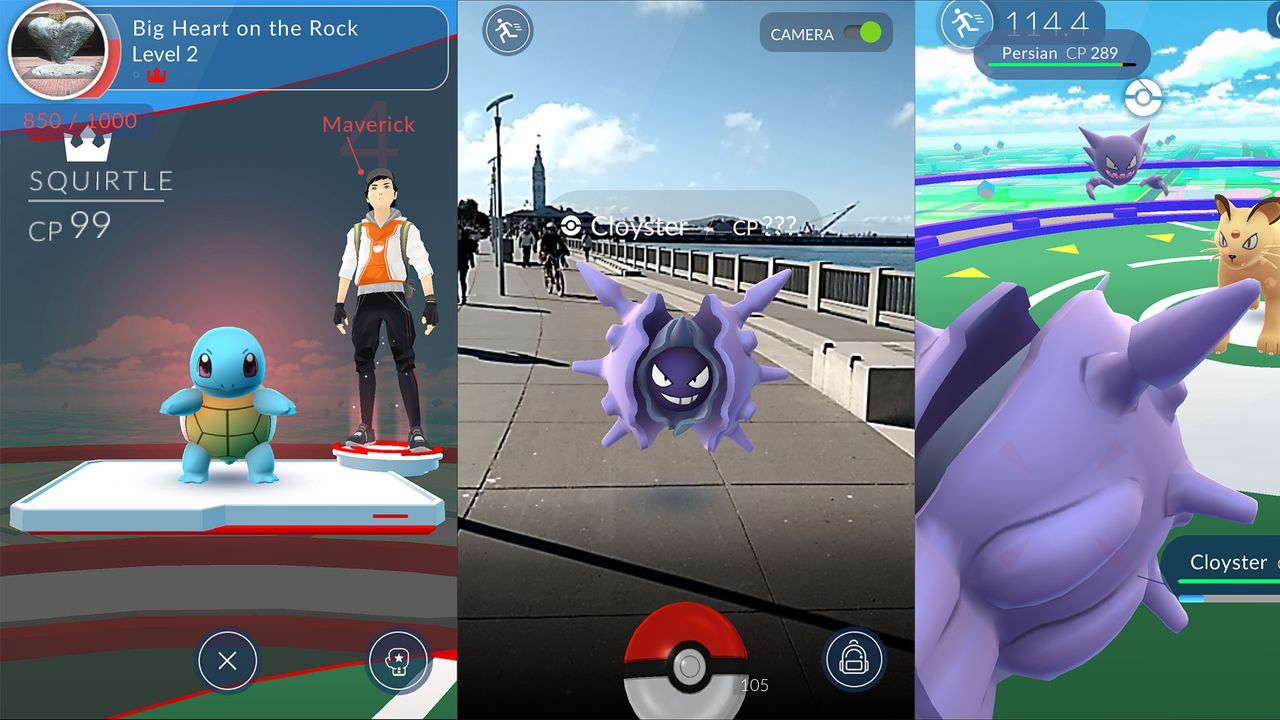
So how is Pokémon a health app? To hatch a new Pokémon from an egg, players have to walk one kilometer, as measured by the phone’s sensors. Driving is out of the question, as users must stay below the 10 or 15-mile-per-hour speed limit. For an addictive game, that means lots of walking. One player even logged 24 miles over the course of a couple of days walking around San Francisco. While the game has limited data due to its newness, anecdotal evidence shows that Pokémon Go could be a boon to an individual’s exercise and well-being. Users are increasing their physical activity, getting fresh air and sunshine, and interacting with others.
Only time will tell if Pokémon Go is the best thing since sliced bread for the wellness industry.



